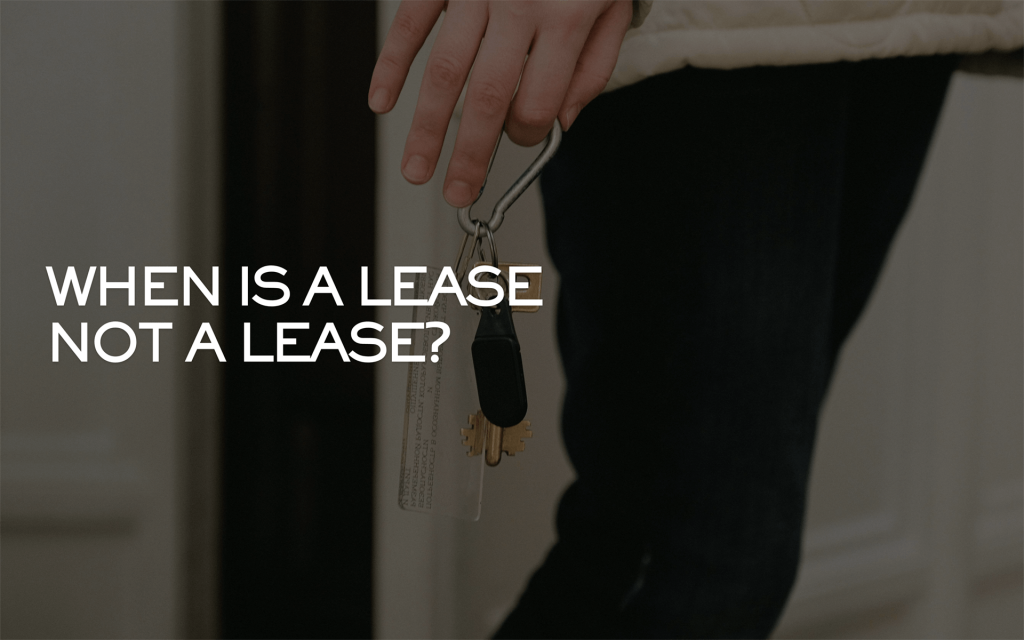The answer – when it is a Licence!
There is a key distinction when it comes to the documentation of an arrangement for a party to occupy the premises belonging to another which at the time can be overlooked and have significant consequences down the line on both parties.
The common arrangement is for an occupier to be granted exclusive possession of a premises by the owner in exchange for the payment of rent which would give rise to the relationship of a Landlord and Tenant under a Lease. However, where there is no right for the occupier to exclusively occupy the premises and their right to do so is shared with the owner then this can be treated as a Licence to occupy.
The distinction is not to be overlooked as the Court’s have held that whilst a document can be called a ‘Licence’ if it in fact creates the relationship of Landlord and Tenant is can be determined to be a Lease.
This is crucial when it comes to the consideration of the security of tenure afforded to the occupier of a premises as broadly speaking a Tenant under a lease has the benefit of the statutory right to renew their lease under the Landlord and Tenant 1954 Act whereas an occupier under a licence does not. Furthermore, a lease is binding on future owners of a premises whereas a licence is not which leaves the occupier under a licence in a precarious position should the owner sell.
There are benefits to having a licence when it comes to the flexibility that can be afforded to the arrangement but it is crucial that whatever is agreed is documented correctly so as to avoid any confusion as to the responsibility of the parties involved and the overall protection afforded to them.

